Officials air views on state education funding
| Published: 04-06-2023 5:44 PM |
Education advocates met remotely with area legislators and state officials this week to begin a conversation on what is and isn’t working when it comes to state funding for public education.
“If we love our children the way we say we do, and we think education is the great equalizer and the key to the success of our children and our future … then why is it that every year we seem to not have enough money to do well by our schools and by our children?” asked Doug Selwyn of Franklin County Continuing the Political Revolution’s Education Task Force, the group that sponsored a remote public education funding forum on Tuesday. “More importantly, what can we do about it?”
Following an introduction by Selwyn, Tracy O’Connell Novick, field director with the Massachusetts Association of School Committees, began the forum with a presentation on the state funding process. In particular, she explained the Chapter 70 program, the law outlining how schools are funded. Essentially, the state program aims to establish a minimum foundation budget for each district and minimum requirements for the local contribution. State aid, then, helps bridge the gap.
O’Connell Novick also spoke to the impact of the “hold harmless” provision that applies to many districts in the region, which ensures districts receive the same amount of aid, regardless of enrollment declines. Beyond that, they receive new aid of $30 per student.
Montague resident Mike Naughton said in districts where student enrollment is declining, minimum aid does little to offset rising utility costs and contractual raises. He asked Rob O’Donnell, director of school finance for the Department of Secondary and Elementary Education, if this had been considered.
“We certainly understand there are districts that have difficulty achieving the same kinds of economies of scale that other districts in the state do because they’re small,” O’Donnell responded. “Even if you only have 12 kids in the fourth or fifth grade, you still have to have a fourth or fifth grade teacher.”
He said one step toward addressing this concern comes through funding rural school aid, which included $5.5 million in fiscal year 2023 for distribution to eligible districts. Gov. Maura Healey’s proposed budget for FY24 includes $7.5 million in rural student aid. Mohawk Trail Regional School District School Committee Chair Martha Thurber, however, noted later in the evening that the funding fell short of the $60 million recommended by the Special Commission on Rural School Districts.
Greenfield resident Jesus Leyva, who helped facilitate Tuesday’s forum, noted that Greenfield, despite facing similar challenges to its neighboring districts, doesn’t qualify as a rural district. Yet, like other districts, it has seen a steady enrollment decline in recent years and funding that doesn’t keep up with inflation. The city’s enrollment declined by nearly 160 students this year.
Article continues after...
Yesterday's Most Read Articles
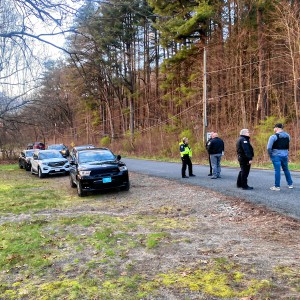 Police report details grisly crime scene in Greenfield
Police report details grisly crime scene in Greenfield
 On The Ridge with Joe Judd: What time should you turkey hunt?
On The Ridge with Joe Judd: What time should you turkey hunt?
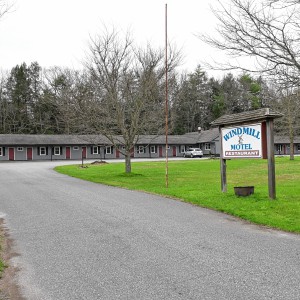 New buyer of Bernardston’s Windmill Motel looks to resell it, attorney says
New buyer of Bernardston’s Windmill Motel looks to resell it, attorney says
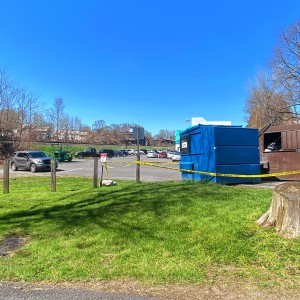 Greenfield man arrested in New York on murder charge
Greenfield man arrested in New York on murder charge
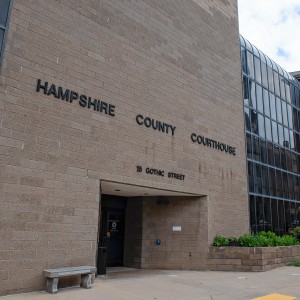 Man allegedly steals $100K worth of items from Northampton, South Deerfield businesses
Man allegedly steals $100K worth of items from Northampton, South Deerfield businesses
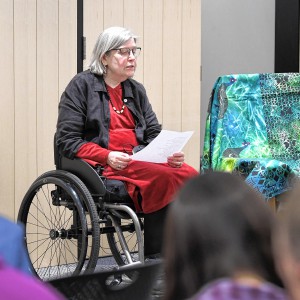 Joannah Whitney of Greenfield wins 33rd annual Poet’s Seat Poetry Contest
Joannah Whitney of Greenfield wins 33rd annual Poet’s Seat Poetry Contest
O’Connell Novick mentioned the number of districts receiving hold harmless aid is shrinking, indicating the Student Opportunity Act, a law that aims to address education equity gaps with $1.5 billion in new funds over a six-year span, “is working.” It also calls for foundation budgets to be reviewed every five years.
Still, the reality facing districts across the state is one of declining enrollment, said Sen. Jo Comerford, D-Northampton.
“Greenfield, Amherst, Northampton, Mohawk Trail — we’re all losing kids,” Comerford said. “Our districts have been losing kids, so, in fact, they should have gotten … less Chapter 70 aid, but they get this minimum aid, which is weenie compared to what inflation is.”
Comerford added that there are inequities in how special education is funded.
“We are penalizing school districts for educating kids on [Individualized Education Plans],” she said. “It’s true that special education often correlates with poverty. Where we have a high concentration of poverty, we have high concentrations of special education students. … In school districts with very tight budgets or municipalities with very few people, it’s very hard to absorb special education costs.”
Rep. Lindsay Sabadosa, D- Northampton, echoed the challenges others shared.
“In terms of funding, it’s a challenge,” she said. “The more I talk to districts, the more it becomes clear there’s … no one size fits all. Their needs are very different.”
Before ending the two-hour discussion, Selwyn said he hopes to continue the conversation in future venues.
“We may not have solved it all tonight, but the intention of this forum was to start where we are,” he said. “We’re interested in working with as many people that … we can gather to push for change.”
Reporter Mary Byrne can be reached at mbyrne@recorder.com or 413-930-4429. Twitter: @MaryEByrne.

 Frontier Regional School students appeal to lower voting age
Frontier Regional School students appeal to lower voting age Goddard finds ‘best location’ in Shelburne Falls with new Watermark Gallery space
Goddard finds ‘best location’ in Shelburne Falls with new Watermark Gallery space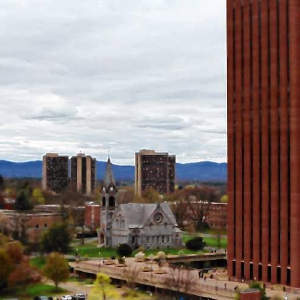 Federal probe targets UMass response to anti-Arab incidents
Federal probe targets UMass response to anti-Arab incidents
